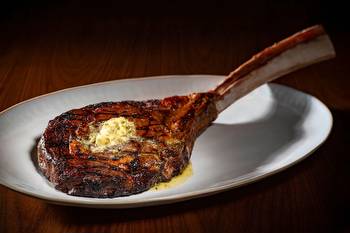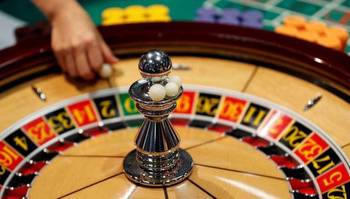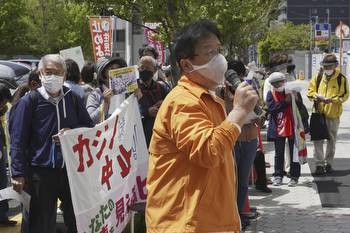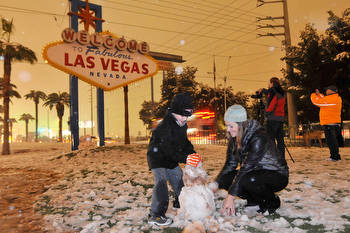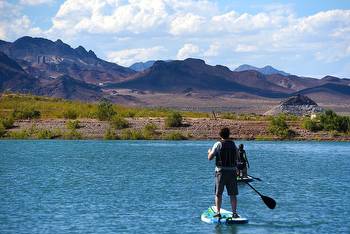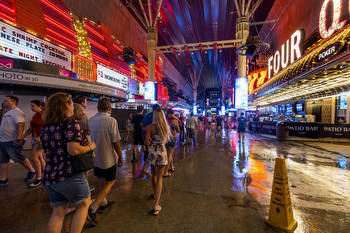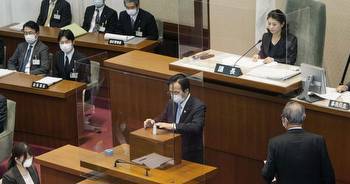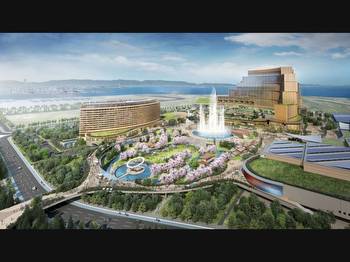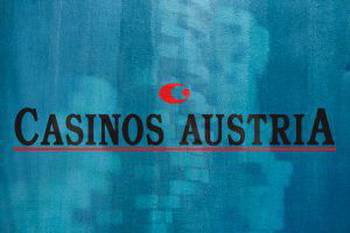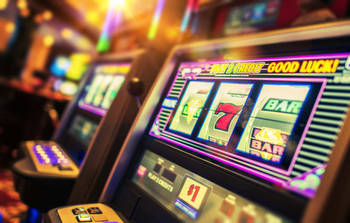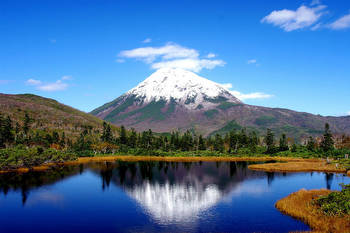Pachinko Slots: Gambling in the Japanese Alps

When I started planning a trip to Japan, my boss, Adam Howard, offered one suggestion: “Go to the Japanese Alps.” Before his recommendation, my plans revolved around powder chasing on Hokkaido, Japan’s north island, and my knowledge of the mountains on Japan’s main island was limited to the 1998 Nagano Olympics. I quickly started looking into the 60-mile-long mountain range, learning about Hakuba, Myoko and Nozowaonsen.
Most skiers or snowboarders have Hokkaido powder on their bucket list, but the Japanese Alps are less known to foreign visitors. They’re popular among Japanese urbanites looking to escape the city and Australians. While I understand why folks defer to Hokkaido—the snowfall is more consistent and ski media glorified the destination—the terrain can’t stack up to what Hakuba and the surrounding areas have to offer. With less consistent snowfall than the Northern Island, booking a trip to the Alps was a gamble. In order to make the most of my time, I decided to hire a professional and teamed up with PowderQuest.
The Japanese Alps are comprised of three ranges: the northern Hida, central Kiso and southern Akaishi. It’s a young range, which came to be just 2.5 million years ago when oceanic plates collided under Japan, thrusting the 60 miles of peaks up to almost 10,000 feet. Later, volcanic calderas and glaciers filled in the landscape. With the unique mix of Cascade-like craters and Alaska-like spines, it’s no wonder that the Freeride World Tour uses Hakuba’s Happo Ono resort for one of the four-star qualifier events and a junior tour stop.
PowderQuest Lead Guide and owner of Crystalline Backcountry Mo Rasiah says he likes doing three things: eating, walking uphill and skiing powder. After spending a week following him around, I can also attest that he does all three quite quickly. Between the food, the snow and the terrain, the Japanese Alps are a paradise for Rasiah.
“Hokkaido may have the advantage over the Japanese Alps in terms of consistency. But when the stars align and when it’s on in the Northern Alps, it’s hard to beat that combination of world class terrain combined with the Japanese snow machine,” explains Rasiah. “Magic happens, and if you’ve experienced this, you’ll know exactly what I mean. If not, you gotta just come find out.” Over seven days of touring, he showed us the magic.
During the first half of the trip, we hit powder stashes around Myoko where I was amazed by the scope of the terrain. One day, we were chasing snow through perfectly spaced birch trees and the next we were peering over the rim of a volcanic crater, preparing to drop in. Our tail guide, local skier Nori Suzuki, worked with Rasiah to sniff out the softest, deepest and least tracked areas during the day.
The locals we met told us we were lucky. The week before the snow had been rain. But we hit the perfect atmospheric flow. Light snow fell throughout the day, giving us a few glances of sunshine on rimed trees. At night, the storms picked up, dumping fresh snow to fill in yesterday’s tracks. We worked this cycle for four days before picking up and moving to Hakuba for second half of our trip.
The snow let up when we arrived in Hakuba, but cold air from the Sea of Japan kept the snow soft. We explored canyons off the sides of two of the 10 local resorts. The peaks around Hakuba are more spine-like, less volcanic than Myoko, and we danced down treed fingers and around alpine bowls. Across from us, our second local guide, Yuki Hirata, pointed out the lines that Jeremy Jones and Travis Rice each respectively rode when they travelled to Hakuba to film segments. After some prodding, he shared his own impressive snowboard mountaineering lines with us.
There were crowds on the boot packs and skintracks out of the resorts, but the terrain is so massive that we didn’t see a single other group until our lines converged with the standard outtrack just below a dam.
When the ski day ended, we explored the towns. The first, Iiyama outside of Myoko, had almost no English posted. As I made the 10-minute walk from the train station to our hotel, road signs were all posted in Japanese. The sidewalks were cleared but flowing with a small river; water from underground hot springs is piped to the surface and into a sprinkler system to melt the snow. Our hotel catered to Japanese businesspeople, not foreign tourists. There were tatami mats instead of beds and green tea instead of coffee. Fish and rice were served with pickled vegetables for breakfast.
While Iiyama was quiet after dark, Hakuba boasts more of a tourist scene. Australian and American visitors roam the streets, frequenting English-language-friendly bars. In the morning, we drank lattes from an espresso machine and enjoyed a breakfast buffet with cereal, fruit, eggs and bacon and looked out at the ski jumps from the 1998 Nagano games. Many of the buildings around town were built in the ’90s in anticipation of the Olympics. The architecture of Iiyama and Myoko felt old, like the buildings had been there for centuries, but Hakuba has a unique and more recent feel. The outsides of buildings are Swiss chalet-inspired. The interiors are straight out of a ’90s sitcom: geometric designs, unexpected pops of color and sliding glass doors.
On our last day skiing in Hakuba, our luck ran out. We battled wind up high and skated through rain on our outtrack. Still, on any ski trip, skiing powder for six out of seven days is a win, and rain or snow we had shabu-shabu, a Japanese hot pot dish, waiting for us in town.
Like Rasiah said, conditions don’t always line up in the Japanese Alps, but our gamble paid off. We skied deep snow, ate delicious food and avoided crowds with the help of our guides. Meanwhile, Hokkaido was in lock down under a wind event. As I scrolled through the social media feeds of my friends stuck inside on the north island, I was reminded that every ski trip is a roll of the dice. Places that advertise 300 days of sunshine still get rain and the powder capital of the world doesn’t guarantee untracked laps. But if you want to ski a unique mix of volcanic and glacially formed terrain, consider placing a bet on the Japanese Alps.








